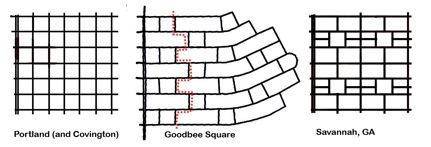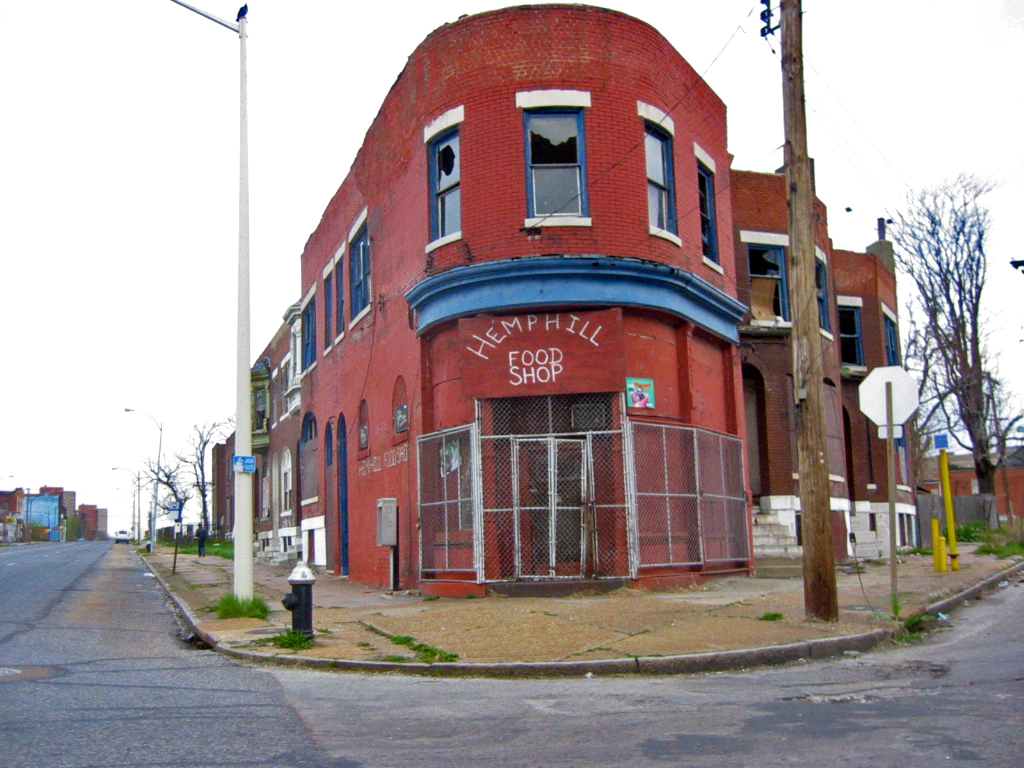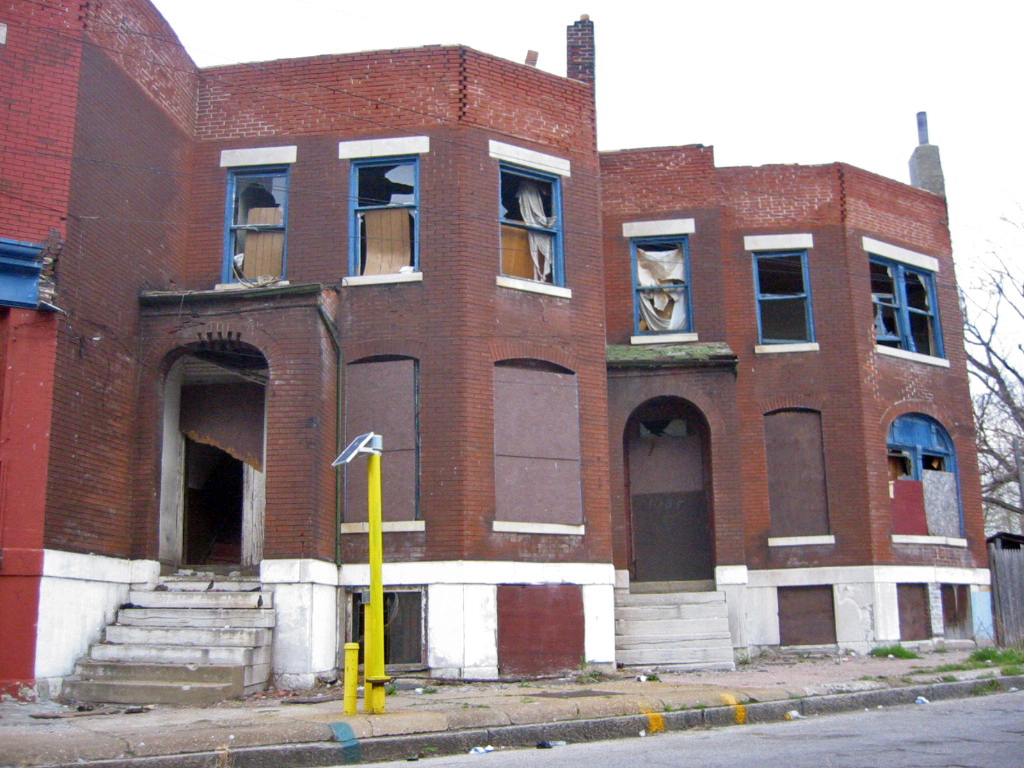Sorry. This is no Election 2008 plug of any kind.
My post title is about a much different topic--land use.
Doing research at work, I stumbled upon a site with a nothing short of amazingly extensive cache of demographics.
It is appropriately called
Demographia.
It's run by a man named Wendell Cox out of St. Louis's Metro East's own Belleville.
Essentially, it is pro-sprawl, or, as Cox would have you call it:
"pro-choice" with respect to urban development. People should have the freedom to live and work where and how they like.
His whole mission is to derail theories surrounding urban planning. His public enemies: density as a positive urban attribute, Portland, mass transit as something other than a tourist shuttle, any government intervention in land use, to name just a few.
Let me spare you most of the heavy reading: the site is a joke. It's intellectually dishonest as it absolutely bludgeons you with study after study, site after site of urban theories "disproven". Usually, demographics, as it were, are the culprits for condemnations of urbanism. You know, density
causes poverty, right?
Anyhow, the pinnacle of it all that does deserve a click is
his rental car tours of various cities across the world.
He labors to show that Boston is less dense than Los Angeles, though he somehow rambles his way through a couple pages without ever realizing he's admitted the central city is pretty dense, especially by American standards.
He calls Brasilia, Brazil--that country's capital, planned in the mid-century according to the autocentric "skyscrapers in a park" model of Le Corbusier--an unlikely merger of walkability and drivability. While Brasilia seems to have an impressive stock of modernist architecture, I doubt that its mini-interstates offer much in the way of a pedestrian culture. Not that that's really on Cox's mind, though.
Finally, he stops in St. Louis, which he compares to Carthage due to its population loss. Keep in mind, with every city, planners have done everything wrong, except when they've planned for automobiles in places with the right demographics--so he then can say that that automobility is what people want and it works.
Why a "rental car" tour? Because, unfortunately to Cox, tourists are typically subjected to mass transit, which is "a great way to the city as it used to be"--the historic cores. But now, he says, it is not representative of the fact that everywhere has sprawl, and a lot of it. By his logic, that's the building style of choice, where, away from the auspices of invasive planners peddling a lifestyle, community really happens.
Taking it all in, I liken Cox, and much of America, as can be seen on any media outlet, to a scrambling and fidgety crack addict. They're addicted to cars, the personal liberties they afford, and they have the greatest and most pressing agenda to cover up the social costs of a society utterly reliant on automobility. I am not merely talking environmental effects--surely, down the road, hydrogen fuel cell cars will replace the auto giants as they die a horrible, noisy, and painful death as defunct industries. I am talking political, social, and cultural effects--the privatization of our democracy.
The car has conveniently allowed many of us--most of us--to further stack already hectic schedules that become dependent on the speed and convenience of auto transport. It has allowed us a personal pod through which to avoid interactions that might be had on a bus, or a subway train, or some other form of mass transit. It has allowed us to retreat from our democratic ideals of community-building and instead to adopt a "what's in it for me?" mentality not just about government, but in our own lives as well.
When I see the talking heads on the news rattle on about gas prices and what do we do and how do we do it and how can we get back in our cars and oh, why me and pain at the pump and videos of people at gas stations saying I can't do this much longer...I really see the shriveled up crack addict rocking in the corner.
No, Mr. Cox, the government shouldn't force new urbanism down your throat. But it also shouldn't take a neutral stance when so much is at stake. Incentives, if you agree that there should be any for development, should go to the "smart growth" policies you so despise. I am "pro-choice" as well--but I think the supply side should not have received so many subsidies. No matter though--Cox is just another addict, pushing his own lifestyle on other people by way of bunk science and demographics.
Sadly, we, St. Louis, are responsible for him.




















